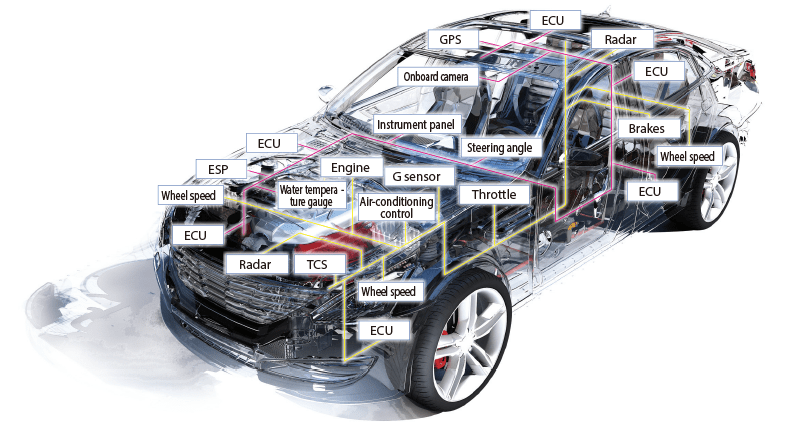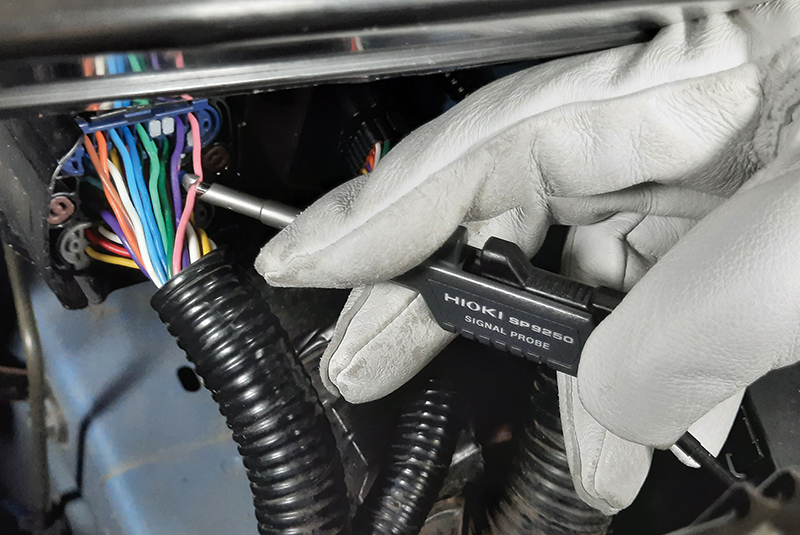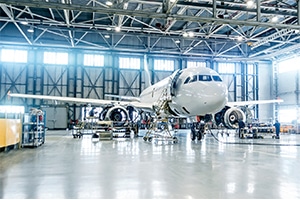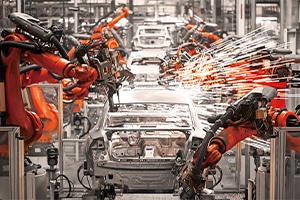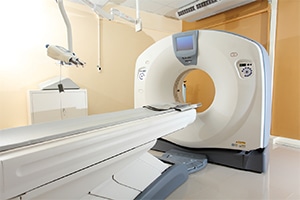Advancing Automobile Development
Helping improve automobile development efficiency with non-contact technology for detecting CAN/CAN FD signals on vehicle networks
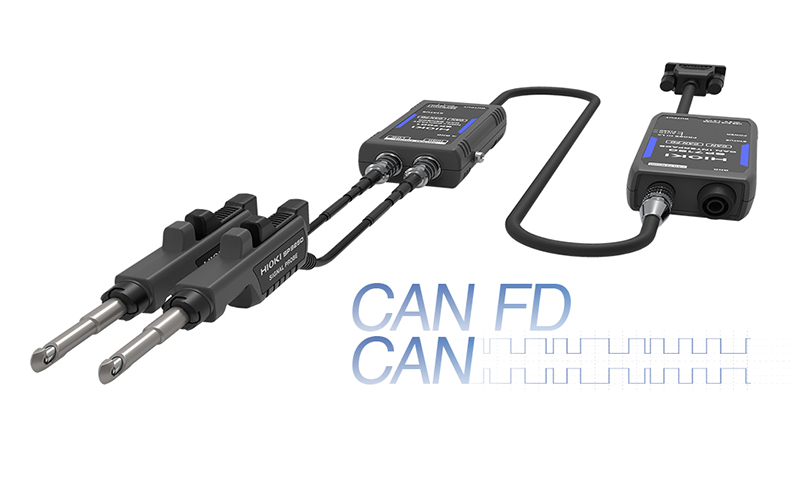 Non-Contact CAN Sensor SP7001, SP7002
Non-Contact CAN Sensor SP7001, SP7002
The Non-Contact CAN Sensor SP7000 series is a line of revolutionary, no-metal-contact sensors that can detect signals on CAN and CAN FD networks in vehicles from outside the insulation on signal wires.
Customer demand for the ability to capture CAN signals with non-contact technology is growing as automobiles incorporate more electronic components and transition to electric drivetrains.
The number of onboard ECUs continues to rise as electronic control of vehicles becomes more sophisticated. Controller Area Network (CAN) is a network that allows such ECUs to communicate with each other. There are a growing number of opportunities to use information from CAN communications in vehicle development and evaluation thanks to the ability to acquire important information such as sensor and control data.
In the past, acquiring CAN signals meant either stripping back signal line insulation so that probes could be placed in contact with conductors or inserting branching harnesses into signal lines. However, stripping wires to establish contact meant that the wires were no longer protected by insulation, and using branching harnesses made preparing for testing a time-consuming proposition.
Significantly improving customer productivity by realizing non-contact CAN signal acquisition
The ability to detect CAN signals in a no-contact manner reduces development and evaluation man-hours by eliminating the need to strip wires or fabricate branching harnesses.
Additionally, measurement has no electrical effect on the network being tested. As a result, engineers are freed from concerns about causing ECU malfunctions due to changes in electrical characteristics, which were an issue with previous methods.
Improving development productivity in a variety of fields, including automobiles
Our products can be used in a variety of development use cases, including not only automobiles, but also medical devices and industrial robots that use CAN communications as well as in university research and the aviation industry, among other fields.
We believe that they can also make a contribution in the area of new technologies such as self-driving.

